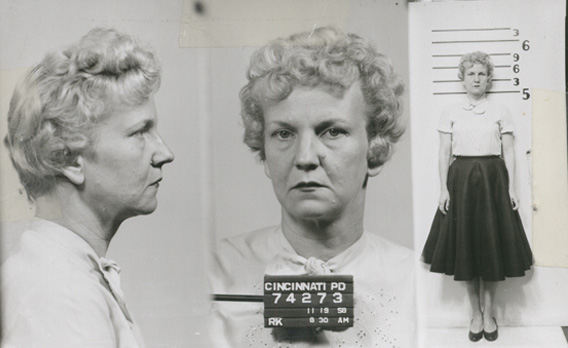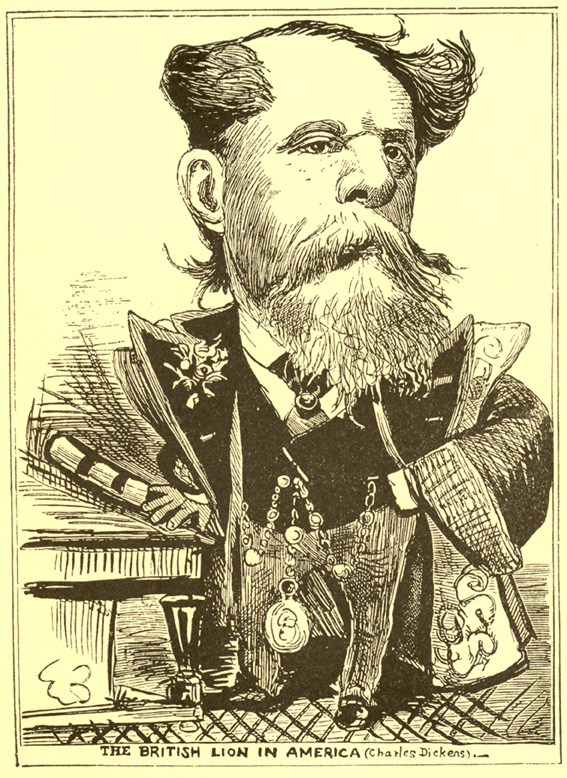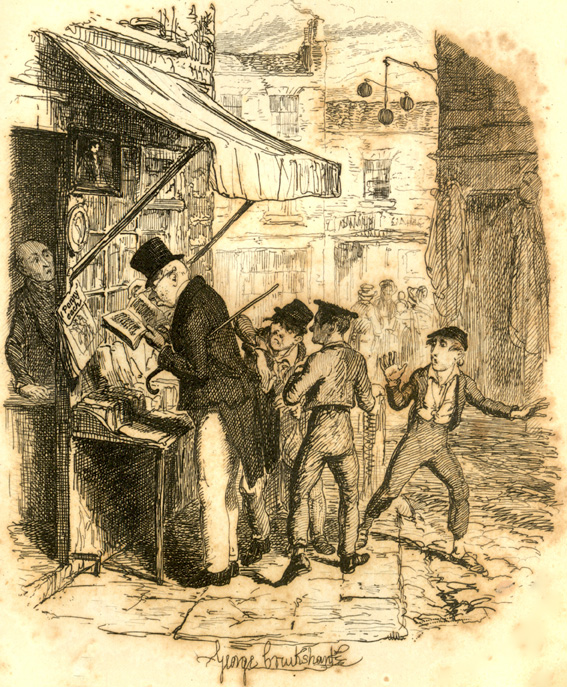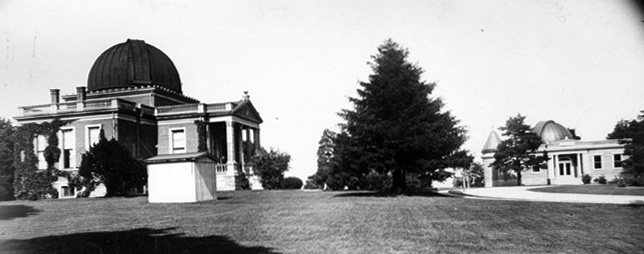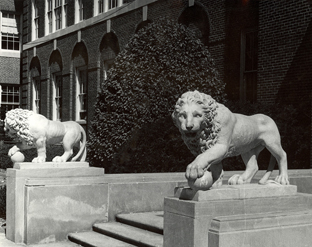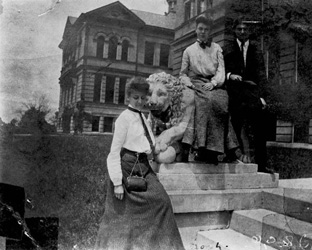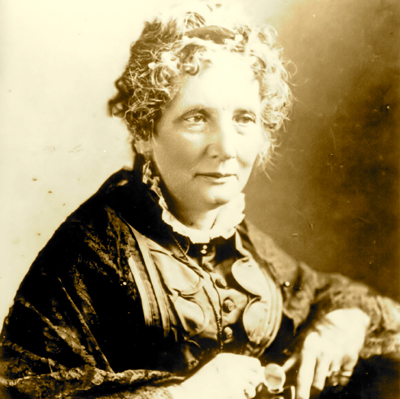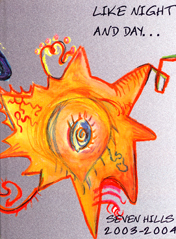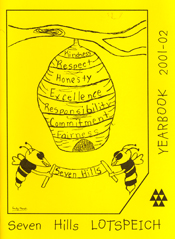By Janice Schulz
Every city in every era seems to have its “Crime of the Century” and during the 1950s in Cincinnati, that was the 1958 murder of Louise Bergen, a Cincinnati housewife. The trial of her accused killer, Edythe Klumpp, was held during the summer of 1959. The case was sensational for many reasons – a “love triangle” between Edythe, Louise, and Louise’s husband, Bill Bergen; Edythe’s history of two divorces and other affairs; the participation of Foss Hopkins, Edythe’s defense attorney; the specter of the death penalty for a woman; and the controversial role of Ohio Governor Michael DiSalle in Edythe’s ultimate fate.
Louise Bergen’s body was found burned near the public beach at Cowen Lake on the evening of November 1, 1958. The subsequent investigation zeroed in on Bill Bergen’s live-in lover, Edythe Klumpp, who confessed after failing a lie detector test. Edythe claimed that the killing was accidental, that a gun went off during a struggle and hit Louise in the throat. But Hamilton County Prosecutor C. Watson Hover disagreed, charging her with first degree murder and seeking the death penalty.

